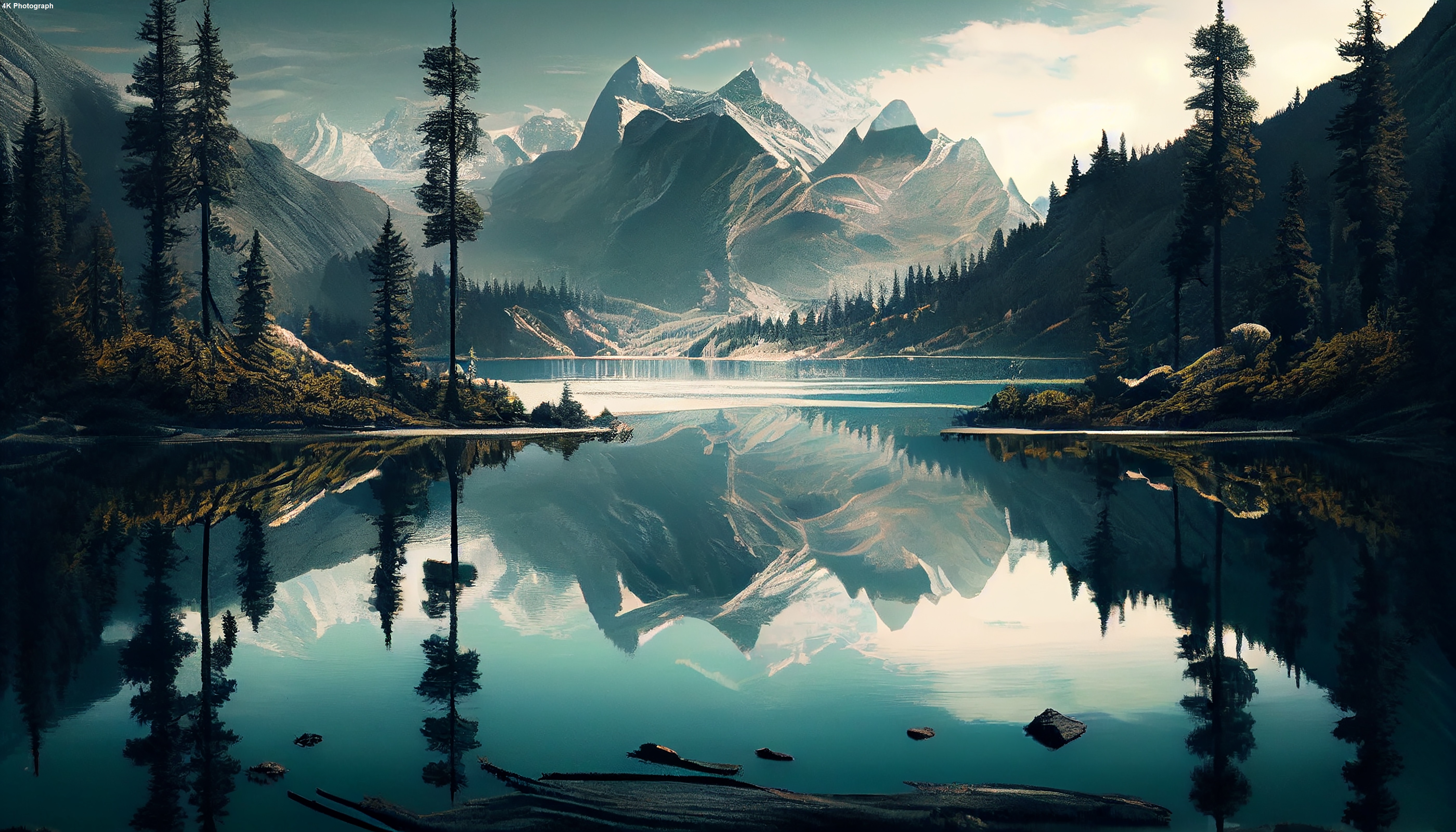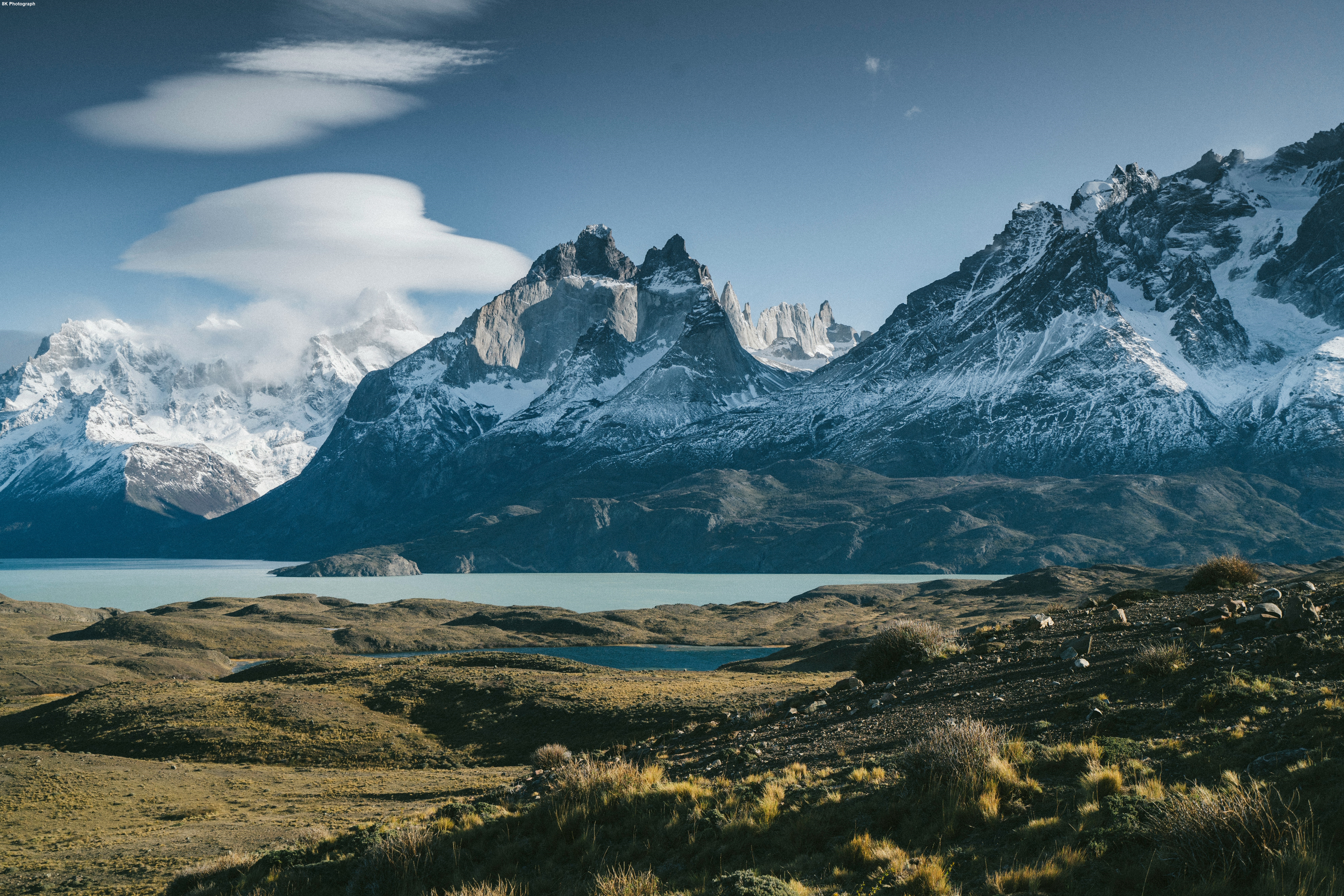In the ever-evolving landscape of digital media, video resolution has become a key player in delivering immersive and crystal-clear visual experiences. Two terms that have gained significant prominence in recent years are 4K and 8K videos.
These resolutions represent a remarkable leap forward in the world of video quality, offering viewers a level of detail and clarity that was once unimaginable.
Understanding 4K and 8K
The terms 4K and 8K refer to the horizontal resolution of a display or video file, with “K” standing for thousand. A 4K video has a resolution of approximately 4,000 pixels across its horizontal axis, while an 8K video boasts an astonishing 8,000 pixels. To put this into perspective, 4K is four times the resolution of Full HD (1080p), and 8K is an impressive sixteen times that of Full HD.
4K Videos
4K videos have become the standard for high-quality content across various platforms. With a resolution of 3840 x 2160 pixels, 4K provides an exceptional level of detail and sharpness. This increased pixel density is especially noticeable on larger screens, delivering a more immersive and lifelike viewing experience. Streaming services, television broadcasts, and even some smartphones and cameras have adopted 4K as the new benchmark for visual excellence.
Benefits of 4K Videos
- Enhanced Detail: The higher resolution of 4K videos means more pixels, resulting in sharper and more detailed images.
- Large Screen Compatibility: Ideal for larger screens, 4K videos maintain clarity and reduce pixelation on expansive displays.
- Future-Proofing: As technology advances, 4K continues to be a relevant and future-proof choice for content creation.
8K Videos
While 4K is already impressive, 8K takes video resolution to the next level. With a resolution of 7680 x 4320 pixels, 8K videos redefine visual fidelity. Although 8K content is not as widespread as 4K, it’s gaining traction in the filmmaking industry and is becoming more accessible to consumers through advanced television sets and cameras.
Advantages of 8K Videos
- Unparalleled Detail: 8K videos offer an unrivaled level of detail, making them ideal for applications like professional video production and high-end cinematography.
- Large Screen Mastery: The benefits of 8K are most apparent on larger screens, where the increased pixel count provides an incredibly sharp and lifelike image.
- Future Innovations: As technology progresses, 8K will likely become more prevalent, ensuring that content created in this resolution is ready for the displays of the future.
In the dynamic world of digital media, 4K and 8K videos stand as a testament to humanity’s pursuit of ever-higher visual standards. Whether you’re enjoying the crisp detail of a 4K stream or immersing yourself in the cinematic beauty of an 8K production, these resolutions represent the cutting edge of visual storytelling. As technology continues to advance, the boundaries of what we can achieve with video resolution are sure to expand, promising even more breathtaking visual experiences for audiences worldwide.
A big thank you for exploring TechsBucket! Your visit means a lot to us, and we’re grateful for your time on our platform. If you have any feedback or suggestions, we’d love to hear them. Looking forward to serving you again soon!




